
Does Posting on Google My Business Help SEO?
Discover the impact of Google My Business posts on SEO! Boost rankings, visibility & drive traffic with our tips. 📈🔍
Are you struggling to get sales from your landing pages? You’re not alone. Many businesses find that their landing pages don’t convert into the desired results, and it’s often because of simple mistakes or oversights. In this article we’ll explore the top five reasons why your landing pages don’t convert – poor copywriting, bad design and layout, technical issues, lack of SEO optimization and inadequate testing tools. We’ll also look at how each issue can be solved so that you can start seeing better conversion rates on your website in no time!
Are you tired of landing pages that don’t convert?
You’re not alone. Many businesses face the same problem, often because of simple mistakes or oversights.
In this video, we’ll explore the top five reasons why your landing pages don’t convert: poor copywriting, bad design and layout, technical issues, lack of SEO optimization, and inadequate testing tools.
I will also provide solutions for each issue so you can start seeing better conversion rates on your website.
Reason 1: Poorly Written Copy
Copywriting plays a crucial role in converting visitors into customers.
Poorly written copy can be confusing, unclear, and difficult to understand.
It’s essential to use simple language that’s easy to comprehend, avoid jargon, and include a clear call-to-action.
A call-to-action should be prominent, so visitors know what action they need to take next.
Too much text can overwhelm visitors, so it’s crucial to keep sentences short and sweet while still providing necessary information.
Solution: Write clear and concise content, use simple language, and include a prominent call-to-action.
Keep sentences short and break up long paragraphs with subheadings for better readability.
Reason 2: Poor Design and Layout
Bad design and layout can be a major deterrent for visitors on your landing page.
Unappealing visuals, such as low-quality images or outdated graphics, can make it difficult to capture the attention of potential customers.
Overwhelming content and inconsistent branding can also lead to a lack of engagement.
Solution: Use high-resolution images that reflect your brand identity and message.
Limit the amount of text on each page and maintain consistent branding throughout the site.
Test different layouts for optimal user experience on various devices and browsers.
Reason 3: Technical Issues Technical issues, such as slow loading times, broken links, and images, and incompatibility with certain browsers or devices, can lead to poor user experience and fewer conversions.
Solution: Optimize your site for speed by compressing images and minifying code.
Regularly check all internal links and images to ensure they’re working properly.
Test your website across different browsers and devices to ensure compatibility and a seamless user experience.
Reason 4: Lack of SEO Optimization
Search engine optimization plays a crucial role in driving traffic to your landing page.
A lack of SEO optimization can lead to low visibility on search engines, resulting in fewer visitors and lower conversion rates.
Solution: Implement keyword research, meta descriptions, and header tags to optimize your landing page for search engines.
Ensure your website is mobile-friendly and has fast loading times for a better user experience.
Reason 5: Insufficient Testing and Tracking Tools
Testing and tracking are essential components of landing page optimization.
Without adequate testing and tracking tools, it’s challenging to measure the success of your landing page and make informed decisions for improvement.
Solution: Use A/B testing to experiment with different elements of your landing page and determine which elements lead to higher conversion rates.
Use tracking tools, such as Google Analytics, to measure and analyze website traffic, user behavior, and conversion rates.
By addressing the top five reasons why your landing pages don’t convert, you can start seeing better results and improved conversion rates.
Write clear and concise copy, ensure appealing design and layout, fix technical issues, optimize for search engines, and use testing and tracking tools for continuous improvement.
With these tips, your landing pages are sure to convert in no time!
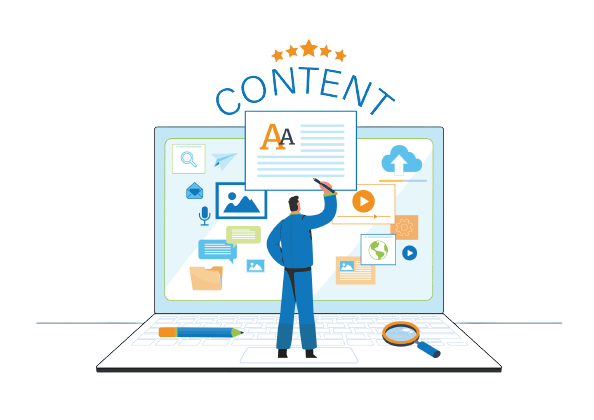
Lack of Clarity: Poorly written copy can be confusing and hard to understand. When writing your content, make sure you are clear and concise in what you are trying to communicate. Avoid using jargon or technical terms that may not be familiar to the reader. Instead, use simple language that is easy for everyone to comprehend.
Unclear Call-to-Action: A call-to-action should always be included in your copy so visitors know what action they need to take next. If it’s unclear or buried within a paragraph, readers may miss it entirely or become confused about how they should proceed. Make sure your CTA stands out from the rest of the text and clearly states what action needs to be taken next.
Too much text can overwhelm readers and cause them to lose interest quickly. Keep sentences short and sweet while still conveying all necessary information without being overly wordy or verbose. Break up long paragraphs into shorter ones with subheadings when possible for better readability as well as easier scanning by users who prefer skimming over reading every single word on a page.
Poorly written copy can be a major obstacle to website conversions, but it’s only one piece of the puzzle. Next, let’s take a look at how poor design and layout can also impact your landing page performance.
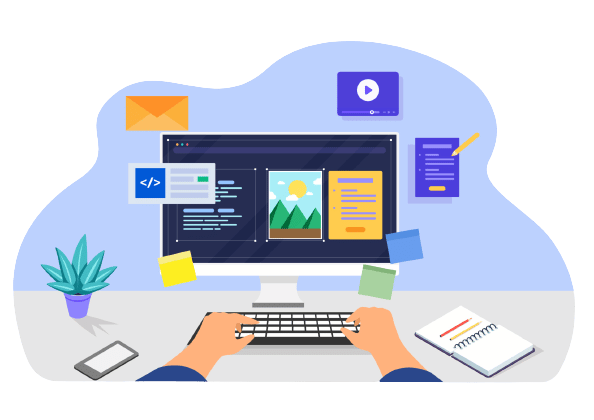
Poor design and layout can be a major deterrent for visitors on your landing page. Unappealing visuals, such as low-quality images or outdated graphics, can make it difficult to capture the attention of potential customers. Overwhelming content is also an issue; too much text or information in one place can cause confusion and lead to a lack of engagement. Inconsistent branding is another problem that should be avoided; if your website doesn’t have a consistent look and feel, visitors may become confused about who you are and what you offer.
When it comes to visuals, try to use high-resolution images that reflect your brand identity and message. Avoid using stock photos whenever possible as they tend to appear generic and unprofessional. Keep the amount of text on each page limited so that visitors don’t get overwhelmed by too much information at once. Make sure all elements within the design follow the same style guidelines in order to create consistency throughout the site.
Finally, test out various layouts before settling on one final version; this will help ensure that everything looks great across multiple devices and browsers before going live with it. This way, you can be sure that your website is optimized for the best user experience possible.
Poor design and layout can lead to a decrease in conversions, so it is important to make sure your landing pages are visually appealing, have concise content, and maintain consistent branding. Now let’s look at some technical issues that could be impacting your conversion rate.
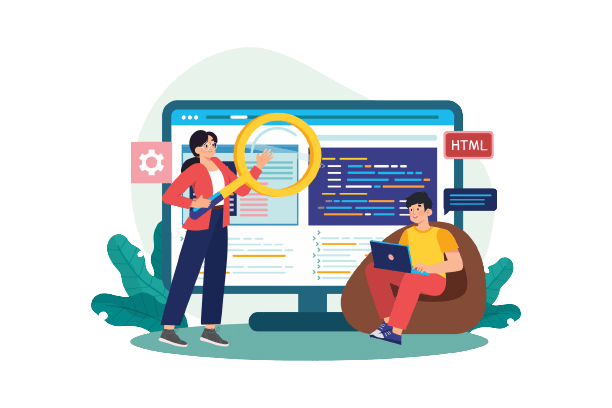
Technical issues can have a huge impact on the success of your website. Slow loading times, broken links and images, or incompatibility with certain browsers or devices can all lead to poor user experience on your landing page, resulting in fewer conversions.
Slow Loading Times: Long load times are one of the most common technical issues that websites face. A slow-loading website will cause visitors to become frustrated and leave before they even get a chance to see what you have to offer. To ensure optimal performance, make sure you optimize your site for speed by compressing images and minifying code where possible.
Broken Links and Images: Broken links and missing images can be extremely frustrating for users as it disrupts their browsing experience. Make sure you regularly check all internal links on your site to ensure they are working properly and that any images used are not broken or distorted in any way.
Incompatible Browsers & Devices: It is important to test how your website looks across different browsers (e.g., Chrome, Firefox) as well as various devices (e.g., desktop computers, tablets). This ensures that no matter which device someone uses when visiting your site they will still be able to view it correctly without any problems arising due to compatibility issues between the browser/device being used and the coding language used for developing the website itself (e.g., HTML5).
Technical issues can be the cause of many website problems, but optimizing for search engines is just as important to ensure your landing pages convert. Let’s look at some common SEO mistakes that may be preventing your pages from converting.
Key Takeaway: To ensure your landing page is converting, it’s important to regularly check for the following technical issues: – Slow loading times – Broken links and images – Incompatibility with certain browsers or devices. By addressing these problems, you can improve user experience on your website and increase conversions.
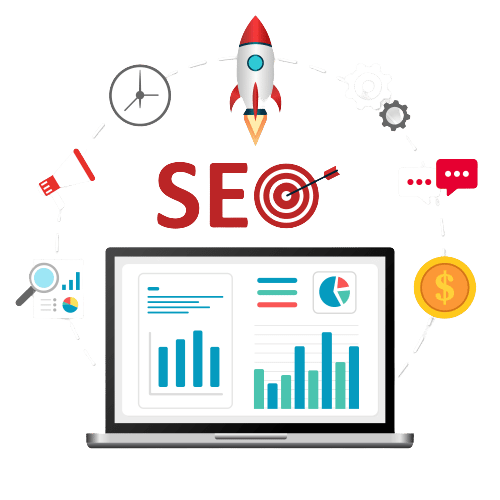
Search engine optimization (SEO) is an important part of any website’s success. If your landing page isn’t optimized for search engines, it won’t show up in search results when potential customers are looking for products or services like yours. To ensure that your website can be found by the right people, you need to make sure that it’s properly optimized.
Missing Meta Descriptions and Titles Tags: Every page on your website should have a unique meta description and title tag. These tags provide information about the content of the page to both users and search engine crawlers. Without them, your pages will not appear in relevant searches, which means fewer visitors to your site. Make sure each page has its own meta description and title tag that accurately describes what’s on the page so it can be indexed correctly by search engines.
Duplicate Content Issues: Search engines don’t like duplicate content because they want to provide their users with original, high-quality information from different sources. If you have multiple pages with similar or identical content, this could hurt your rankings as well as confuse search engine crawlers trying to index them all separately. Avoid creating multiple versions of the same content and use canonical tags if necessary so only one version is indexed by search engines instead of many copies competing against each other for ranking positions in SERPs (search engine result pages).
A good internal linking structure can help improve user experience as well as aid search engine crawlers in finding all the important pages on your site. It also provides context to related topics within a single article or post, since links connect pieces together into one cohesive narrative rather than having everything scattered around without any connection between them. Make sure you link back to older posts whenever possible and create anchor text links using keywords where appropriate so readers know what they’re clicking through to before they even get there.
Without proper SEO optimization, your landing pages won’t be seen by search engines and thus won’t convert. To ensure maximum conversion rates, you need to set up testing and tracking tools for a more accurate picture of user behavior on your website.
Key Takeaway: Having an optimized website is essential for SEO success. To ensure your landing page can be found by the right people, make sure to include a unique meta description and title tag on each page, avoid duplicate content issues, and create a good internal linking structure. This will help improve user experience as well as aid search engine crawlers in finding all the important pages on your site.
Testing and tracking tools are essential for optimizing landing pages for better conversions. Without them, it’s impossible to know if changes made to the page are actually improving results or not.
A/B testing processes allow you to compare different versions of the same page against each other so you can determine which version performs best. For example, if you want to test a new headline on your homepage, create two versions of the page with different headlines and then track how many visitors click through from each one. This will give you an indication as to which headline is more effective at driving clicks.
Heatmaps and user flow analysis tools provide insight into how users interact with your page; they show where people click most often, what elements draw their attention first, and how far down they scroll before leaving the page. By understanding this data, you can make adjustments that encourage visitors to take action instead of bouncing away from your site too quickly.
Conversion tracking setup allows you measure which actions visitors take after viewing a particular web page – such as signing up for an email list or making a purchase – so that you can identify areas in need of improvement and optimize accordingly.
In conclusion, having proper testing and tracking tools in place is key when it comes to optimizing landing pages for higher conversion rates; without them, it is impossible to tell whether changes made have had any impact on performance metrics such as bounce rate or time spent on-site.
Key Takeaway: Having the right testing and tracking tools in place is essential for optimizing landing pages for better conversions. These include AB testing, heatmaps, user flow analysis, and conversion tracking setup. With these tools you can identify areas of improvement and make changes that encourage visitors to take action instead of bouncing away from your site too quickly.
There are many factors that can affect the conversion rate of a sales page. It could be due to an ineffective headline, lack of clarity in the call-to-action, or inadequate product descriptions. Additionally, it could be caused by technical issues such as slow loading times or poor user experience on mobile devices. To get better conversions, you need to identify what’s causing the issue and make changes accordingly. This may include optimizing content for search engine rankings (SEO), improving website design and usability, creating compelling copywriting, and ensuring your site is optimized for all device types. With proper optimization techniques and testing strategies in place, you should see improved conversions over time.
1. Make sure your page is easy to navigate and understand – clear headlines, organized content, and simple language will help visitors quickly find what they need.
2. Include a strong call-to-action that encourages visitors to take the desired action (e.g., sign up for a newsletter or purchase a product).
3. Optimize your page for mobile devices by making sure it loads quickly and looks great on any device size.
4. Use persuasive copywriting techniques such as storytelling, social proof, customer testimonials, etc., to convince visitors of the value of taking the desired action on your landing page.
5. Test different versions of your landing page using A/B testing tools in order to identify which elements are most effective at converting users into customers or leads
A successful landing page should be designed with the user in mind. It should have a clear and concise headline that communicates what the offer is, as well as an easy-to-follow call to action. The content should be engaging and relevant to the target audience, providing them with value. Additionally, it’s important to include visuals such as images or videos that help break up long blocks of text and draw attention to key points. Finally, make sure your page loads quickly so visitors don’t get frustrated waiting for it to load before they can take action.
1. Not having a clear call-to-action (CTA) – Your landing page should have a prominent CTA that is easy to understand and encourages visitors to take action.
2. Poorly written content – Content on your landing page should be well written, engaging, and informative in order to capture the attention of visitors and encourage them to take action.
3. Lack of trust signals – Adding customer reviews, testimonials, security badges or other trust signals can help build credibility with potential customers and increase conversions.
4. Too many options – Presenting too many options on your landing page can overwhelm visitors and lead them away from taking any action at all. Keep it simple by offering one primary CTA per page with additional links for further exploration if necessary. 5. Poorly designed page – Your landing page should be visually appealing and easy to navigate in order to encourage visitors to take action. Make sure the design is modern, attractive, and responsive for all devices.
By understanding the reasons why your landing pages don’t convert, you can make sure that you are taking the necessary steps to improve your conversion rate. From writing compelling copy and optimizing for SEO to testing and tracking tools, there is a lot of work involved in creating effective landing pages. However, if done correctly, it will be worth the effort as you’ll start seeing more conversions from your website traffic. So take some time to review these reasons why your landing pages don’t convert and get started on improving them today!
Are you wondering why your landing pages aren’t converting? If so, then Casey’s SEO can help! With our tips and tricks, we’ll show you how to optimize your landing page for the best possible conversion rates. Let us take away the guesswork and guide you through every step of creating an effective landing page that drives results. Stop wasting time on ineffective strategies – let us help make sure your efforts are paying off with increased conversions today!
Your one step away to more conversions and more money!

Discover the impact of Google My Business posts on SEO! Boost rankings, visibility & drive traffic with our tips. 📈🔍
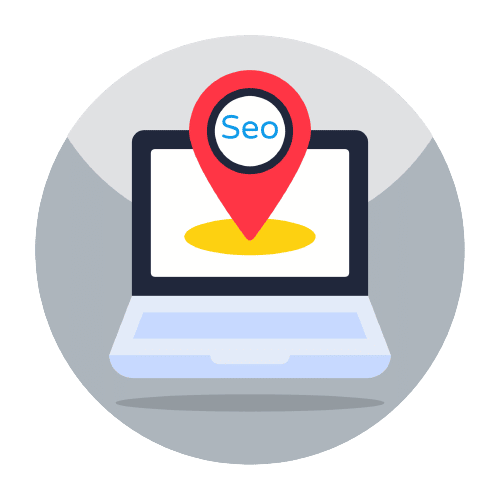
Don’t miss out on the opportunity to increase visibility and stand out from the competition. Learn why local SEO is so important and how to optimize your website for better rankings!

Are you looking for ways to make money doing SEO? It’s no secret that optimizing your website and utilizing the right strategies can be a lucrative venture. But how do you go about it?
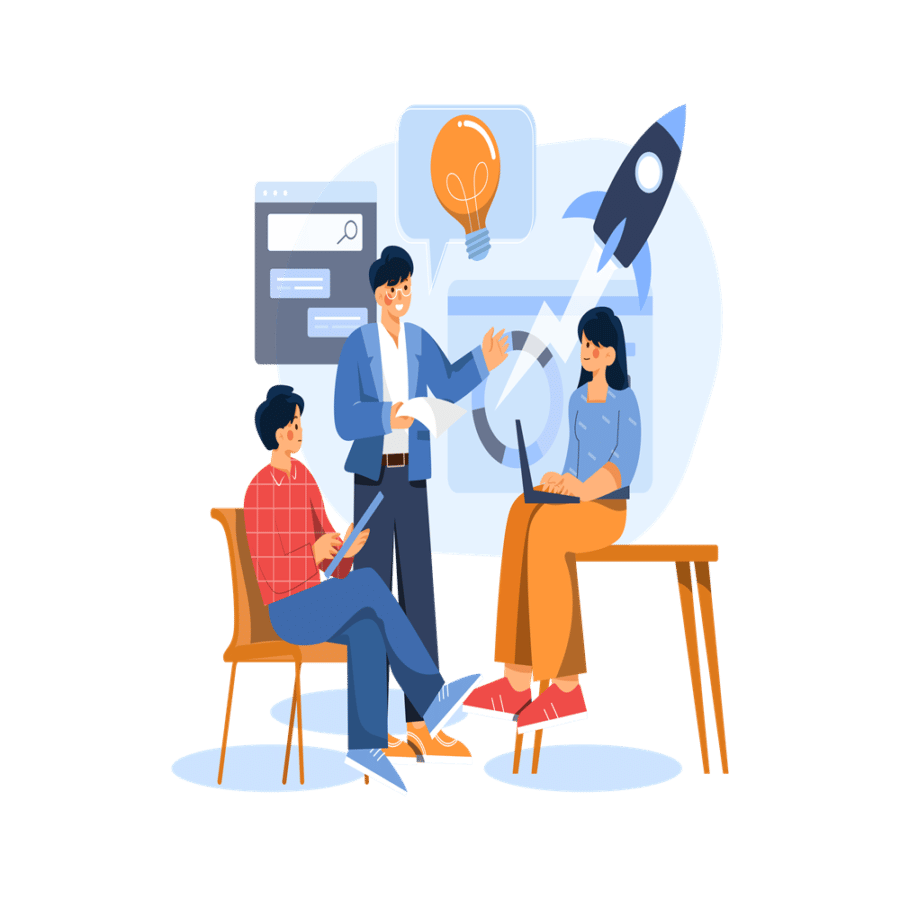
Discover the top 5 reasons why your landing pages don’t convert and how to fix them. Learn the best SEO practices to optimize your pages and increase conversions.
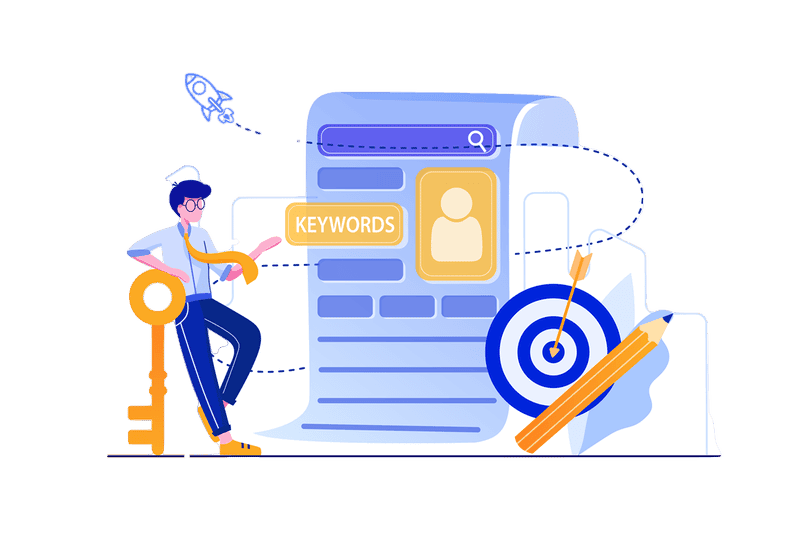
Discover the best SEO strategies to increase website traffic and get better rankings. Learn how to use keyword research, on-page optimization, and off-page optimization to maximize your SEO efforts and get results fast!

Discover if Google Sites is good for SEO and find out if there are better alternatives to get increase your SEO rankings!
ABOUT US
With over 10 years experience with SEO, PPC and web design, we know how to improve your website rankings and get more leads. Contact Casey's SEO today for a free quote.
Copyright © 2024 Casey’s SEO. All rights reserved.
| 80829 | 80831 | 80901 | 80902 | 80903 | 80904 | 80905 | 80906 | 80907 | 80908 | 80909 | 80910 | 80911 | 80912 | 80913 | 80914 | 80915 | 80916 | 80917 | 80918 | 80919 | 80920 | 80921 | 80922 | 80923 | 80924 | 80925 | 80926 | 80927 | 80928 | 80929 | 80930 | 80938 | 80939 | 80951 |